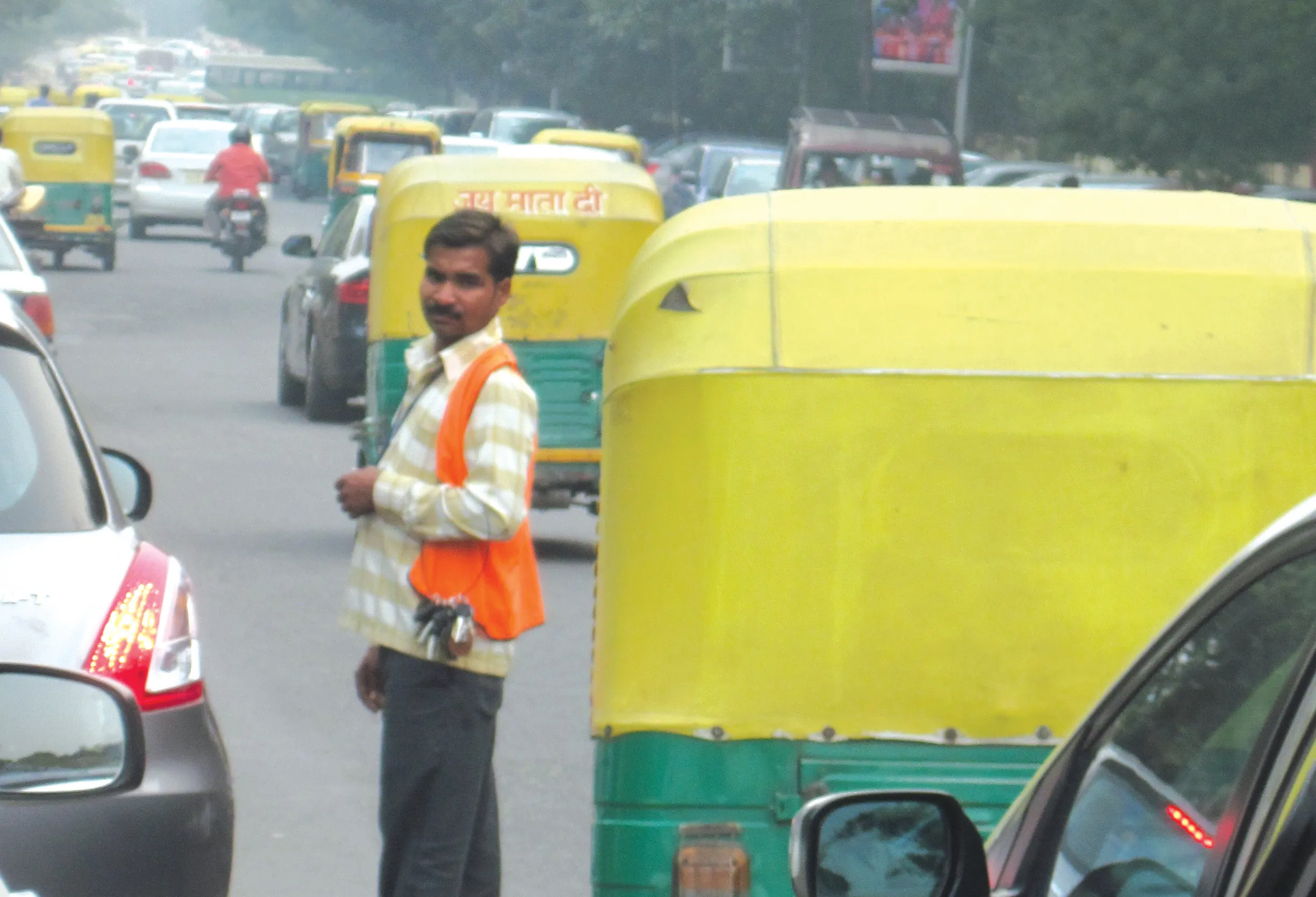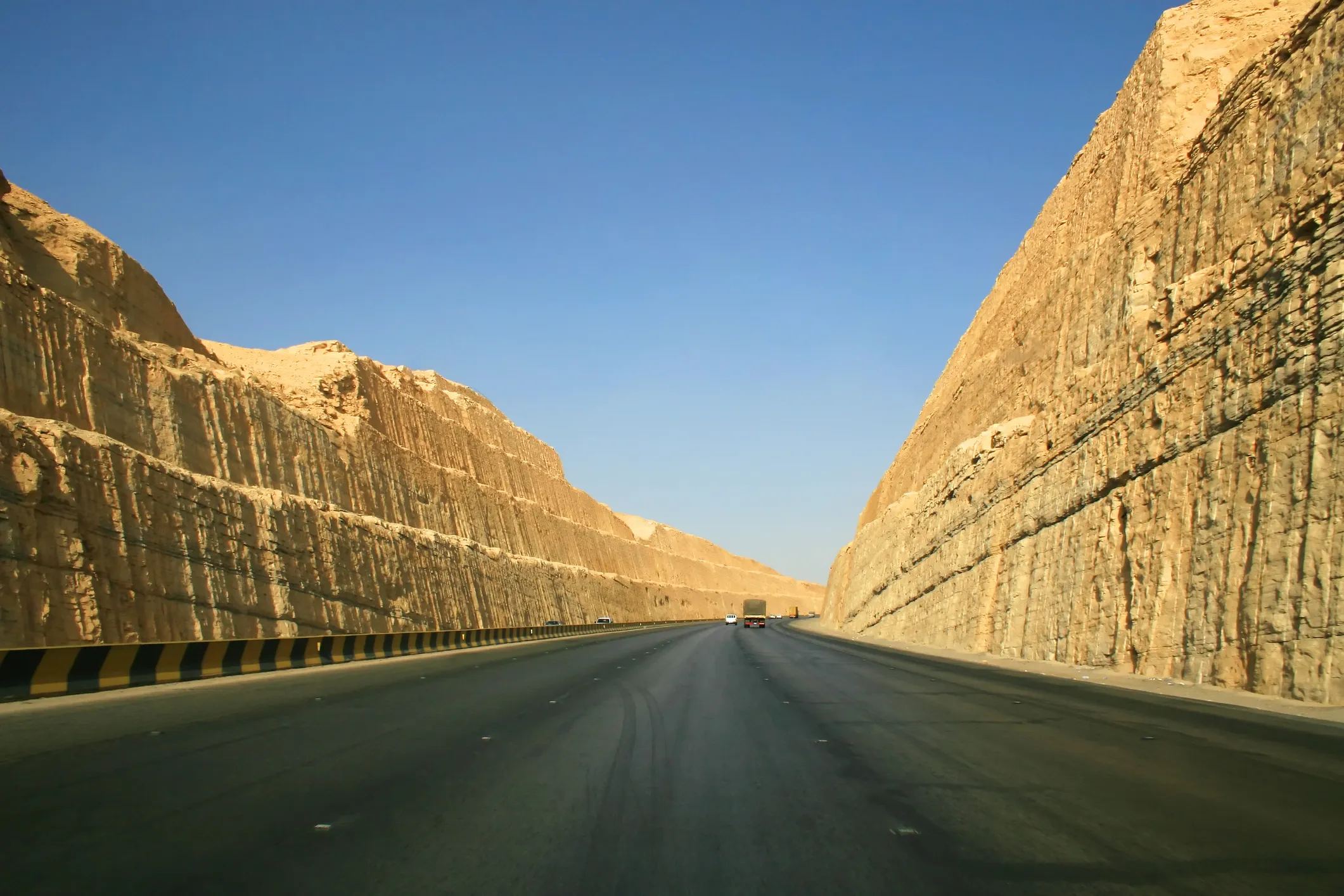Mott MacDonald has been appointed design consultant for the proposed Raipur-Bilaspur national highway 200 in India. Part of the National Highways Development Programme Phase IV established by the National Highways Authority of India (NHAI), the new road will connect Raipur in Chhatttisgarh to Chandikohole in Orissa, passing through areas including Bilaspur, Raigarh and Jarsuguda. Costing US$244.2million, the 127km long road is primarily made up of four lanes, with 34km of the highway comprising six lanes. T
April 24, 2012
Read time: 2 mins
Part of the National Highways Development Programme Phase IV established by the
Costing US$244.2million, the 127km long road is primarily made up of four lanes, with 34km of the highway comprising six lanes. The works will include design of four major and 19 minor bridges, a railway over-bridge, three flyovers, 22 vehicular and nine pedestrian underpasses, 172 culverts, 18 major junctions, 15 bus bays, two truck lay-bys, three toll plazas and 25km of retaining walls.
Appointed by
Commenting on securing the design consultancy for national highway 200 Srinivasa Chari, Mott MacDonald’s project director, said: “With proven experience in managing major transport projects, we are uniquely placed to deliver this strategic highway and in particular are looking forward to the challenges of designing the new 550m long two lane bridge over the River Sivnath.”
Mott MacDonald has successfully completed bridge projects for IVRCL in the past. The project is due for completion in July 2014.








